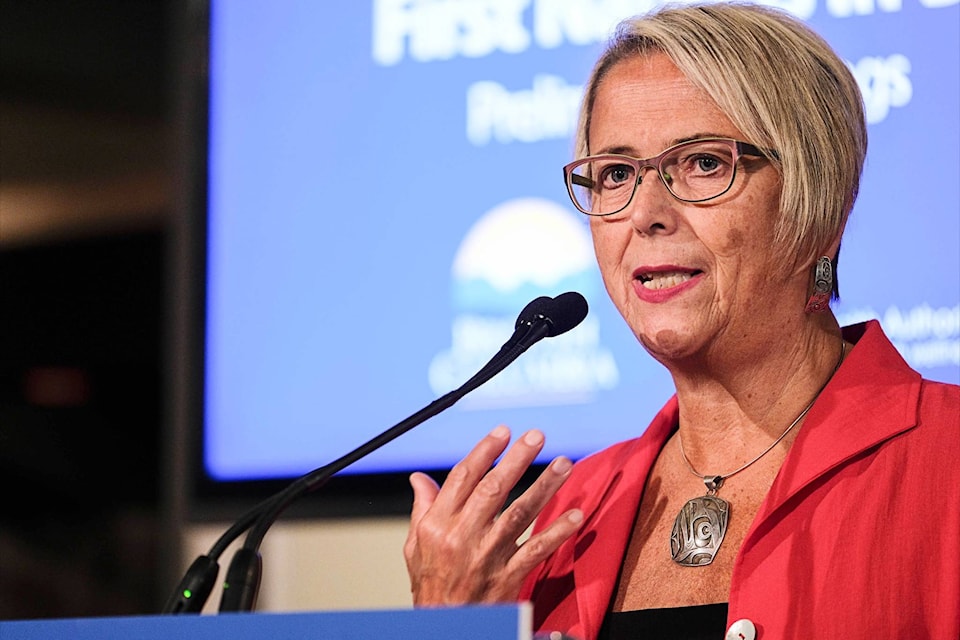More than halfway through 2017 and the opioid crisis isn’t letting up as fentanyl remains a serious concern.
There were 111 suspected drug overdose deaths in June, according to the BC Coroners Service.
That’s an average of about seven deaths every two days.
RELATED: First Nations people in B.C. three times more likely to die of overdose
A total of 780 lives have been lost to drug overdoses so far this year – more than double the number of deaths at this point last year.
Despite June seeing the least number of fatal overdoses compared to prior months this year, trends suggest there will be 1,400 lives claimed by the end of 2017 in B.C.
“They do indicate we are plateauing at a new high although I think it’s premature to take any comfort from that,” provincial medical officer Dr. Perry Kendall said at a press conference Friday.
The new data shows that the battle against lethal fentanyl tainting other illicit drugs has also worsened, Kendall said.
Fentanyl was detected in nearly 80 per cent of drug-related deaths from January to May, up from 61 per cent last year.
ONE YEAR LATER: B.C.’s first public health emergency continues
And while no deaths have occurred at any of the six overdose consumption site and supervised consumption sites in the province, nine out of ten of those deaths have occurred indoors with more than half in private residences.
While some of these deaths happened while people were alone, Lapointe said, others are due to friends or family not knowing the symptoms of an overdose or not calling 911 in fear of criminal repercussions.
“Despite naloxone being in the home and freely available, nobody thought to use it because they didn’t know an overdose was occurring,” Lapointe said. “Use in the company of someone who knows what an overdose looks like and who is willing to to administer naloxone or willing to call 911.”
RELATED: 25 per cent of organs donated in B.C. came from fentanyl overdose deaths
In December, the federal government passed the Good Samaritan Drug Overdose Act which guarantees immunity from certain charges related to simple possession of illegal drugs if someone is overdosing and paramedics are called.
Health authorities are also looking at new data to understand how to better combat the indoor drug-related deaths.
. @bccoroners's Lisa Lapointe says gathering data to better address who are using alone - no specific socioeconomic class aka anyone https://t.co/pl3yjgPLSd
— Ashley Wadhwani (@ashwadhwani) August 4, 2017
Strategies could include making naloxone kits available by mail or a new phone app.
New mental health and addictions minister Judy Darcy said she’s spent the past two weeks getting a clear grip on the overdose situation, visiting the Downtown Eastside, Surrey’s 135A neighbourhood and meeting with health authorities.
“What these numbers tell us, is all kinds of families and all walks of life are affected by the overdose crisis,” she said.
Darcy pointed to the need for more treatment beds, peer support workers and suboxone treatment options– campaign promises from the NDP party.
“We must take urgent action to stem the tide,” she said. “We have a long way to go to have the kind of mental health and addictions services where you ask once and you get help fast.”
@ashwadhwani
ashley.wadhwani@bpdigital.ca
Like us on Facebook and follow us on Twitter.



